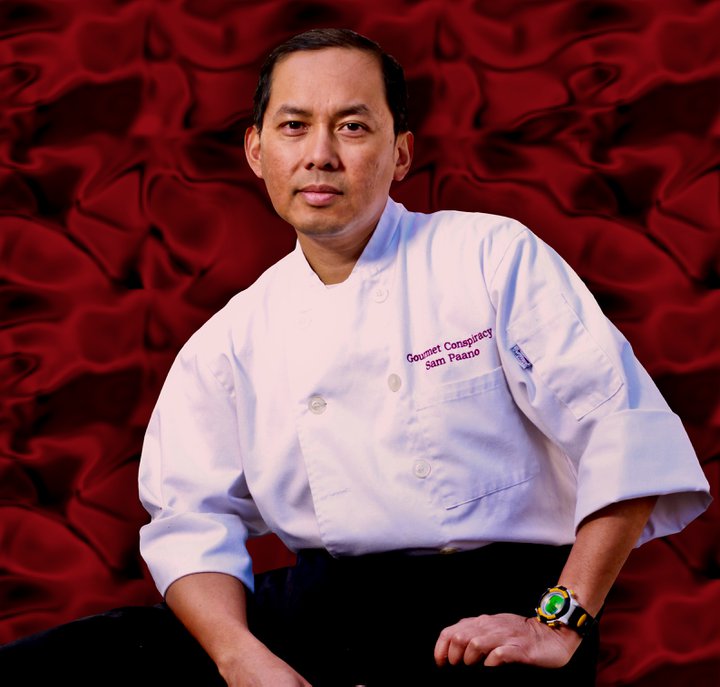Grilling and Broiling
Grilling and broiling are very similar cooking techniques that uses heat from direct flames or thermal radiation (such as from infrared grills) to cook the food. The difference between the two is where the heat is coming from; in grilling the heat comes from below the food item, and in broiling the heat comes from above the food item. These are both techniques from the dry-heat methods category of cooking that exposes the food to tempereatures often in excess of 500°F (260°C).
While it is most common to think of grilling as an outdoor activity, many home cooks have started incorporating indoor grills alongside their kitchen cooktop burners. Indoor grills range from built-in gas grills, portable electric grills, grill pans, or grill plates (although grilling on any surface where the heat isn't direct often would be considered frying especially if the food has a lot of fat (like meat items) and the fat collect at the bottom of the pan).
Broiling, on the other hand, is most often done inside the oven. Since the heat is so high with this cooking technique, there is a tendency to overcook the item and so most often it is recommended that the oven door is slightly propped open for temperature control. The doneness and intended browning of the food can also be controlled by variating the distance between the food and the heat source.
Barbecuing is often associated with these cooking techniques and is quite similar to the grilling process where by the food is placed on a grill. Barbecuing uses indirect heat as opposed to direct heat with grilling. The food often times include a finishing sauce (barbecue sauce) brushed on the food just before removing from the heat.
"The Turn" is an important part of grilling, broiling, and barbecuing which is the act of flipping the food item over to cook the other side. Generally speaking, you should only turn an item once, which means cooking one side, turning it to finish the cooking, and then taking it off the grill. Since there's not much else to do, knowing when to turn is pretty much the essence of grilling, broiling and barbecuing, and it's a sense that you'll develop with experience.
Another cooking technique that falls under the same realm is called "Smoking". Similar to barbecuing, it is an indirect method of cooking using heat from smoke to infuse flavor to and cook the food. Smoking is done in an enclosed smoke box called "Smokers". Various types of hard woods like hickory, mesquite, oak, pecan, alder, or maple, and woods from fruit trees such as apple, cherry, and plum are often used in smoking.
There are three types of smoking:
- Hot Smoking exposes the food to smoke and heat at temperatures between 165°F (74°C) to 185°F (85°C). This is the ideal range that produces fully cooked, moist and flavorful foods. If the smoker is allowed to get hotter than 185°F (85°C), the food shrinks excessively because the higher temperatures cooks away both moisture and fat.
- Smoke Roasting or Smoke Baking is often referred to as barbecuing, pit-roasting, or pit-baking that exposes the food to smoke and heat temperatures above 250°F (121°C).
- Cold Smoking primarily is used as a flavor enhancer to foods such as protein-based items, and other food items. The food is typically cold smoked for a short period of time just long enough to infuse the smokey flavor into the food. The temperature of the smoke and heat is maintained below 100°F (38°C). In this temperature range, foods take on a rich, smokey flavor, develop a deep mahogany color, and tend to retain a relatively moist texture. They are not cooked as a result of the smoking process, however and are usually combined with other cooking techniques to achieve the desired cooking doneness.
Subscribe to:
Post Comments
(Atom)
Search
About Me

- Chef Sam Paano
- I am the co-owner and founder of Gourmet Conspiracy, a personal chef and catering service based in Lakewood, California. My objective here is to provide open communication about various types of food and their benefits towards our health. As far as my training, I graduated from Kitchen Academy in July 2007 with high honors. I have a great deal of passion about learning the cooking styles and techniques from various cultures and incorporating them in fusion dishes.
House Rules:
Rule #1: You may comment as much and as often as you wish but I have the final decision on what is posted on this site. I have the right to and will delete any material or information entry that I deem inappropriate.
Rule #2: See rule #1.
Rule #3: No shirts - no shoes - no service!
If you have any objections to these rules, get out of my kitchen!
Rule #2: See rule #1.
Rule #3: No shirts - no shoes - no service!
If you have any objections to these rules, get out of my kitchen!



0 comments:
Post a Comment